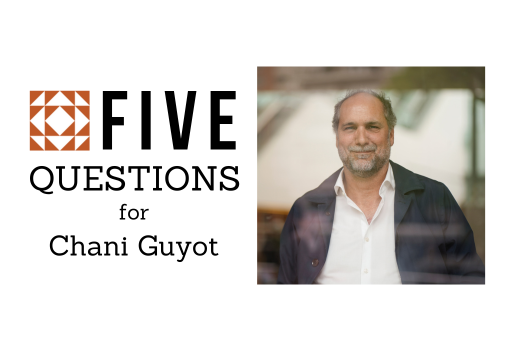
In LJR’s “Five Questions,” the veteran Argentine editor and media entrepreneur encourages colleagues to continue believing in “healthy” journalism that centers audience needs and the human stories that are transforming the world.

Speaking at the 26th ISOJ, executives from journalism funding organizations say nonprofit newsrooms must embrace collaboration, improve self-promotion and expand funding sources to ensure their long-term financial health.
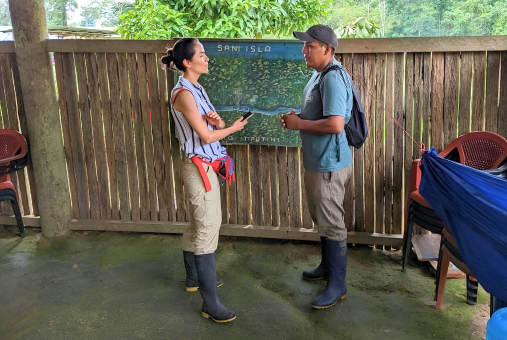
The network of more than 90 environmental journalists — known as PUMA — builds on Mongabay’s eight years reporting across the region. They plan to collaborate on shared challenges like a crisis of funding, threats by criminal groups and censorship by powerful interests.

Research reveals a "vibrant and dynamic" ecosystem in the South American country with a strong reliance on advertising and higher revenue among non-profit organizations.
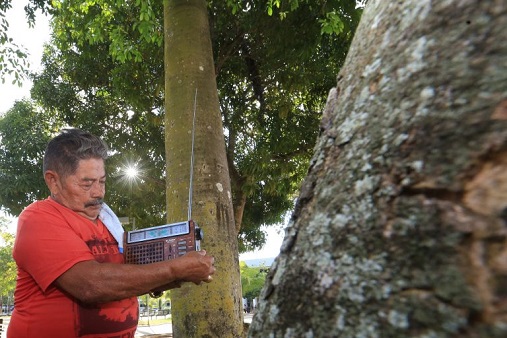
A map by InfoAmazonia shows dozens of independent radio stations broadcasting from remote rainforest communities. Despite financial pressures, many confront agribusinesses while highlighting Indigenous and environmental rights.

Cuban journalist José Nieves speaks with colleagues from Cuba, El Salvador, Nicaragua and Venezuela about membership campaigns, content agencies, virtual stores, holding events, and sustainability challenges.
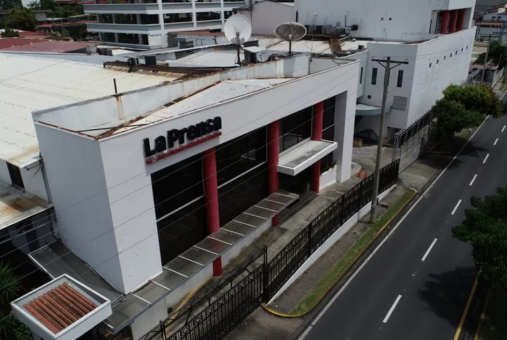
La Prensa, a top Panamanian newspaper, faces a major lawsuit from ex-President Ernesto Pérez Balladares. The case underscores the growing threats to independent media in the country.
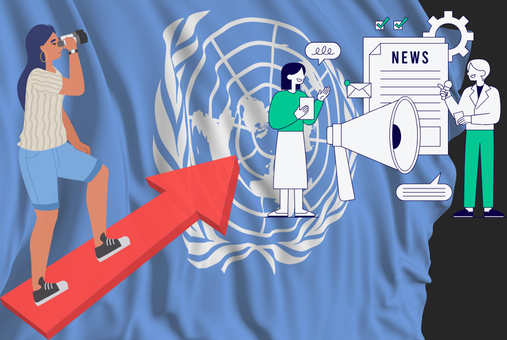
The petition asks for stronger language in the Pact for the Future regarding guarantees for access to information, press freedom and journalism in the public interest.

A study of 40 media outlets in Latin America found they received more than $27 million from just two foundations between just 2016 and 2022.

The International Fund for Public Interest Media (IFPIM) seeks to support media in their audience strategies at the service of the public. Until July 1, independent media from Argentina, Brazil, Bolivia, Colombia, Costa Rica, Ecuador and Paraguay can submit to IFPIM’s open call and obtain financing for 24 months.

Digital media outlets CIPER (Chile), Agência Pública (Brazil) and La Antígona (Peru) have innovative financing models involving their audiences that have allowed them simultaneously to support themselves financially and strengthen their bonds with readers. These media shared 10 strategies to optimize reader contributions.
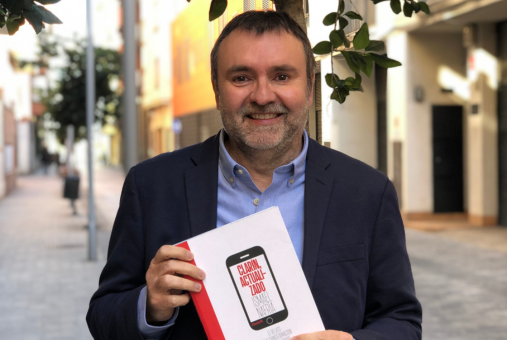
In a new book, Spanish researcher Ismael Nafría describes how Argentine daily Clarín reached more than 500,000 digital subscribers in less than six years. The study is full of practical tips for communication professionals. We present some of them here.